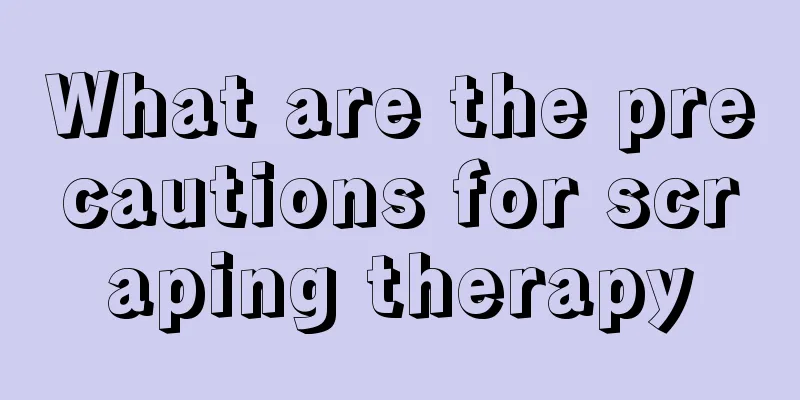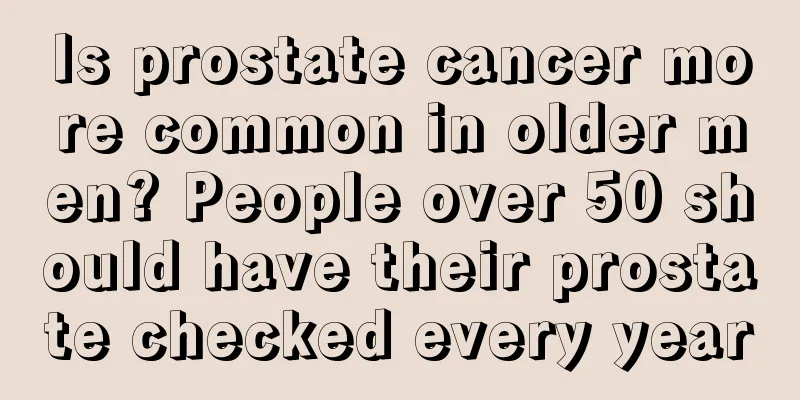Oral joint dislocation

|
Sometimes, oral joints may be dislocated due to external force or yawning too hard, most of which are temporomandibular joint dislocations. After knowing that the joint is dislocated, you must seek treatment as soon as possible, use the correct technique to reposition it, and use a bandage to fix it. Do not eat hard things, and it will recover after a period of time. Treatment The principle of treatment is to perform manual reduction as soon as possible and restrict mandibular movement for about two weeks. The operation method of manual reduction is: the patient sits in a low position with his head against the back of the chair or the wall. The occlusal surface of the mandibular teeth should be lower than the elbow joint of the surgeon when his arms are hanging down. The operator stands in front, places the thumbs of both hands (which can be wrapped with gauze) backward on the occlusal surfaces of the mandibular molars on both sides, and holds the body of the mandible with the remaining fingers. During reduction, the patient is asked to relax his muscles. The surgeon gradually applies downward pressure on the posterior end of the mandibular body with his two thumbs, and lifts the chin slightly upward with the remaining fingers. When the condyle drops below the plane of the articular tubercle, the mandible is pushed backward and the condyle can slide back to the concave surface of the joint and be repositioned. After reduction, fix the head and jaw with a bandage immediately and restrict mouth opening for about two weeks. Reduction of anterior dislocation of the temporomandibular joint Before reduction, care should be taken to eliminate the patient's tension. Sometimes the temporalis and masseter muscles can be massaged, or 1-2% procaine can be used for infratemporal trigeminal nerve or periarticular blockade to aid repositioning. For old dislocations, reduction under general anesthesia or even surgical reduction is required if necessary. Diet and health care Specific symptoms of the disease have different dietary requirements. It is recommended to communicate with the doctor in detail. Preventive Care 1. The key to preventing this disease is to avoid trauma and treat recurrent dislocation. The disease is mainly caused by large openings and injuries that cause the condyle to dislocate from the joint and cannot be repositioned by itself. Recurrent dislocation may also occur in the elderly when their muscle tension is abnormal and their ligaments are loose. 2. Acute dislocation of the temporomandibular joint should be repositioned promptly, and a bandage should be used to fix the craniomaxilla and limit mouth opening for 2-3 weeks. 3. For patients with a long period of dislocation and spasm of the masticatory muscles, local hot compresses or masticatory nerve block can be performed before manual repositioning. 4. When various methods of repositioning are ineffective, repositioning under general anesthesia or even surgical repositioning can be considered. |
<<: Does it hurt to remove oral stitches?
Recommend
Causes of pain in the front of the thigh
Sometimes people experience pain in the front of ...
What are the symptoms of rectal cancer?
Nowadays, the incidence of rectal cancer is showi...
How to reduce body hair_How to improve excessive body hair
We have a lot of body hair on our bodies, which i...
The correct way to remove acne with sulfur
In life, there are many ways to remove acne. You ...
Causes of cold hands and feet and headaches
Cold hands and feet that occur in different seaso...
What are the early symptoms of lung cancer? These are common symptoms of early lung cancer
In today's society, lung cancer is a very com...
How to inject anti-wrinkle injection
Injection of wrinkle-removing injections is a mic...
What is the reason for less hair
Having less hair is actually hair loss. Normal ph...
Dietary considerations for patients with advanced pancreatic cancer
Patients with advanced pancreatic cancer are rela...
Two things to note before surgery for elderly patients with intestinal cancer
With the aging of the Chinese population, the inc...
Why does the condition of advanced lung cancer suddenly improve?
The sudden improvement of advanced lung cancer ma...
The advantages and disadvantages of eating winter melon raw
Winter melon is one of the most famous vegetables...
How to remove dampness and toxins from the body? Just a few simple tricks to solve it
To remove dampness and toxins from the body, only...
What are the dangers of insufficient qi and blood
Qi and blood are very important for everyone. A p...
What are the main treatments for lung cancer? Try these 4 lung cancer dietary remedies
Many people have been asking about the methods of...









